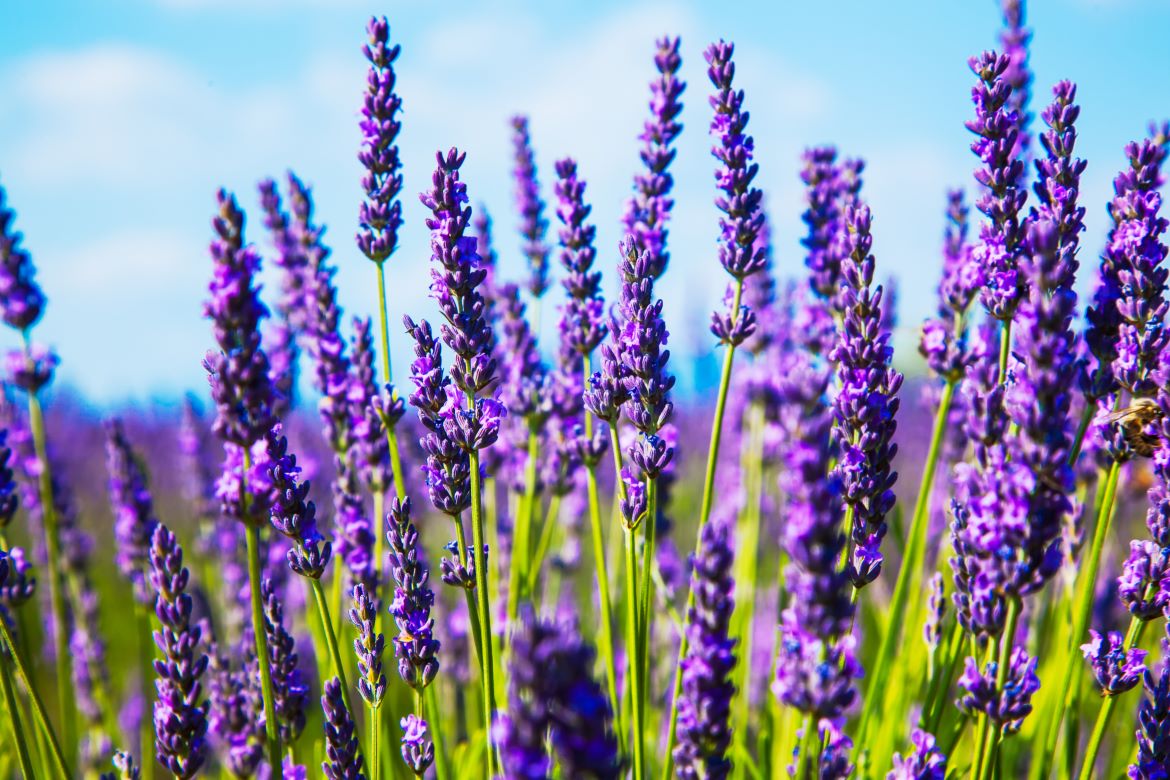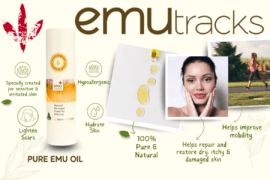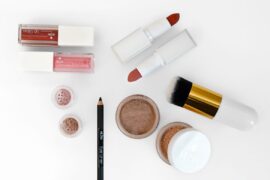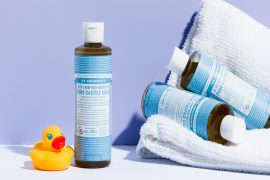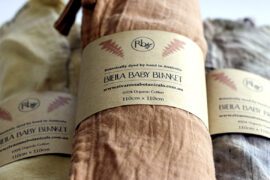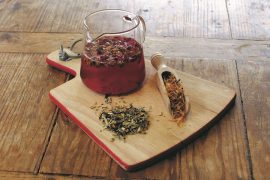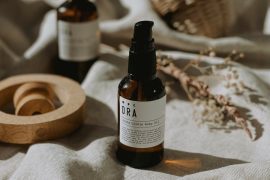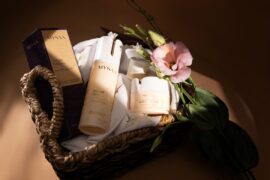From toning the skin to cooling hot feet, hydrosols have lots of practical uses.
One of the simplest but most effective parts of any skincare routine is a spritz or a splash of toning hydrosol. These cooling waters help to brighten skin and slough away dead skin cells while being gentle enough not to make breakouts worse.
I’ll let you in on a secret though: I didn’t actually know what hydrosols were when I began using them. I’d handled them enough at Go Native NZ to be familiar with their unique scents (more subtle and often fruitier than their essential oil counterparts) and their watery viscosity (viscosity becomes something you’re very aware of when you’re pouring different substances daily!). Since then, I’ve done my homework…
What are hydrosols?
Hydrosols are the pure co-product of the steam distillation of plant material. That sounds complicated, but really the process is simple. When plants are steam distilled to produce essential oils, some valuable compounds of the plant – that are not found in the essential oil – become dissolved in the distillation water.
This condensed fragrant steam is known as a hydrosol. It’s supercharged water containing some drops of the essential oil as well as water-soluble plant properties, which are anti-inflammatory and non-irritating for sensitive skin. The plant components give the hydrosols their herbal therapy properties.
Hydrosols are also known by a few other names, such as hydolate, hydrolat, aromatic water, and floral water. At Go Native NZ, we now stock only natural, pure hydrosols – those generated via the steam extraction of essential oils.
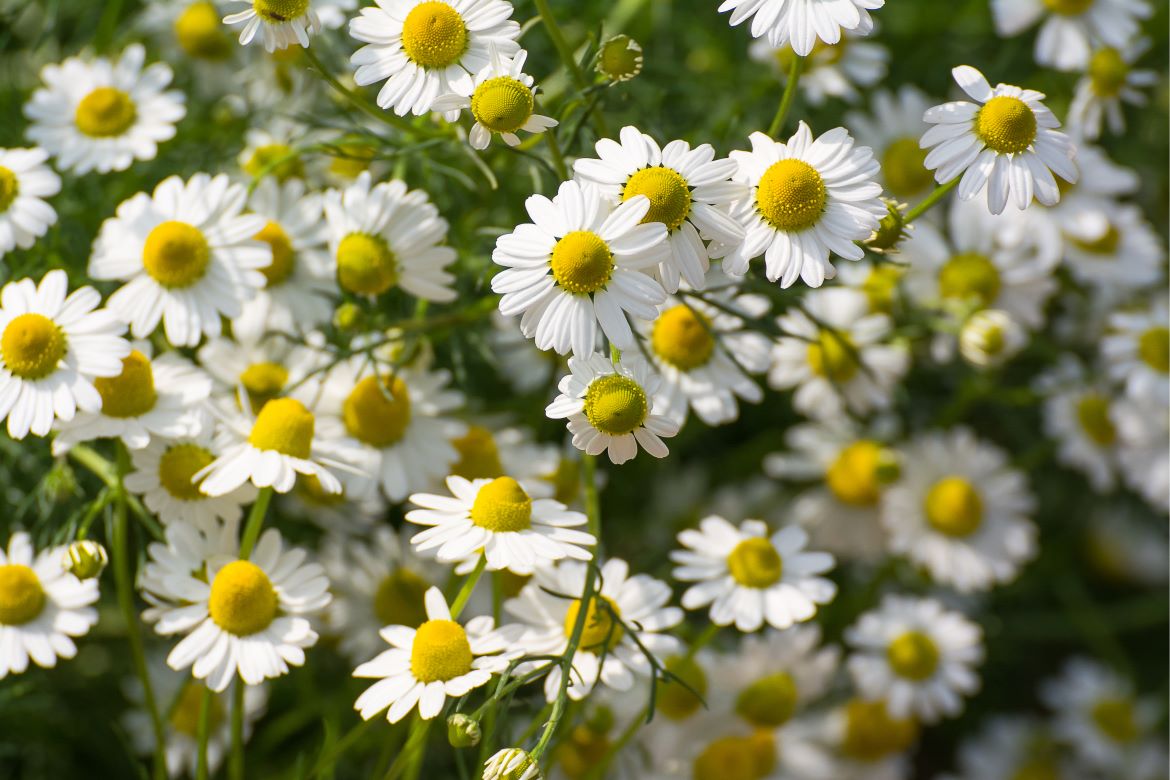
How do hydrosols benefit the skin?
Hydrosols are impregnated with water-soluble (hydrophilic) compounds that are not present in essential oils. Soothing, anti-inflammatory carboxylic acids are found almost exclusively in hydrosols. Each individual hydrosol also has its own unique benefits according to the plant it’s made from, listed below.
OUR RANGE:
- NZ lavender - calming and soothing, said to be great for acne-prone skin
- NZ rose – can revive and refresh damaged, wrinkled skin
- NZ organic kanuka – useful on skin conditions such as acne, eczema and for balancing oily skin
- NZ manuka – useful as a skin toner for balancing oily skin and for invigorating and uplifting mood
- Organic tea tree – can help reduce swelling and skin redness
- Organic rose - (as above) – currently out of stock
- Chamomile – said to help reduce irritation, perfect for sensitive skin types
- Frankincense – energising, can help support healthy skin, spiritual aroma for yoga and meditation
- Jasmine – sweet floral aroma, said to be rich in antioxidants, helps balances mind, body and spirit
- Geranium – can help balance all skin types and helps to retain moisture
- Neroli – versatile with a calming aroma, can help to tighten pores and soothe sunburn
- Ylang-ylang – emotionally uplifting, ideal for oily skin, sweet and sensual fresh scent
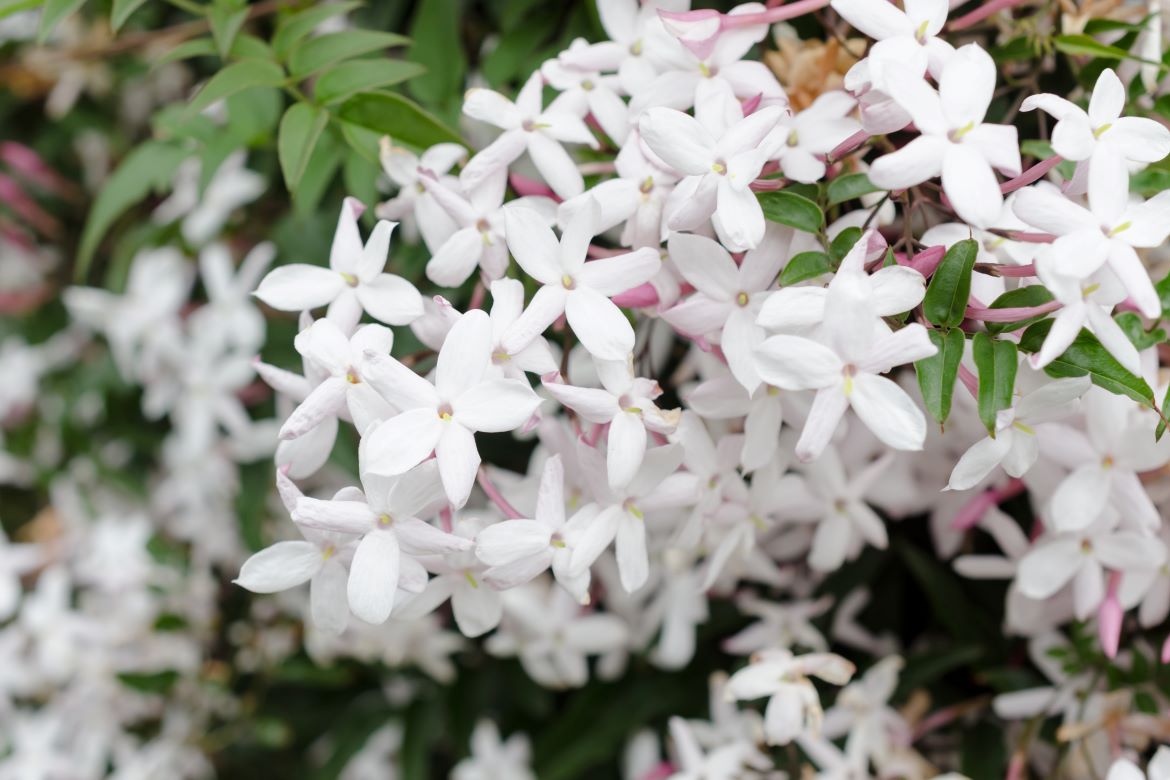
A bit of history
There was a time way back when (we’re talking before the Middle Ages) when essential oils were seen as an unimportant by-product of the water distillation process of botanicals. It was hydrosols people were after. Along with infused vegetable oils and all sorts of other ointments, hydrosols were used by the Egyptians, Greeks, and Romans for healing purposes.
In time, essential oils overtook hydrosols in popularity, largely because they were so much lighter and cheaper to transport, and they were also viewed as more precious. By the early 20th century, hydrosols were even being discarded once essential oils had been extracted. Recently the pendulum has swung the other way, and there’s once again a demand for these potent, ready-to-use waters, and it’s easy to see why.

